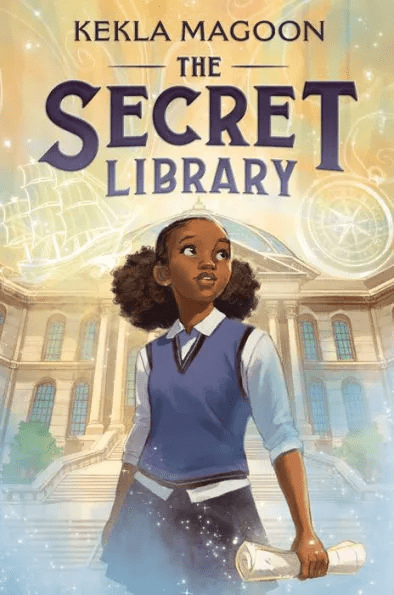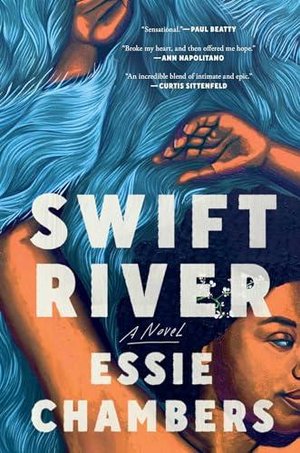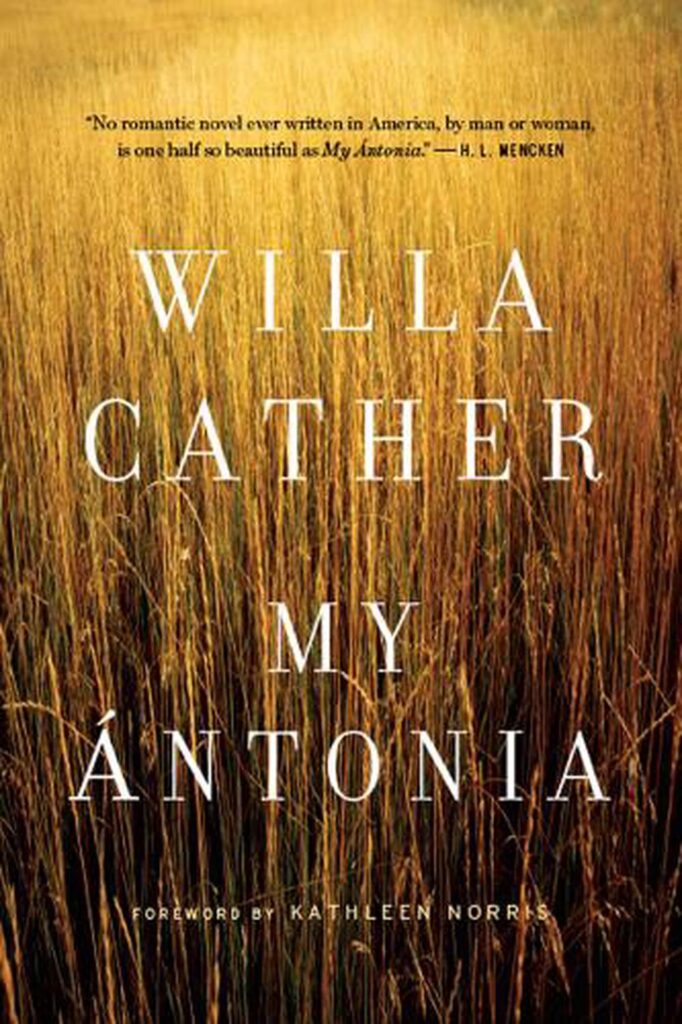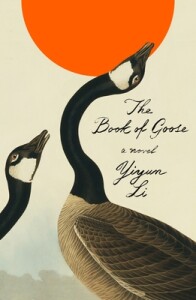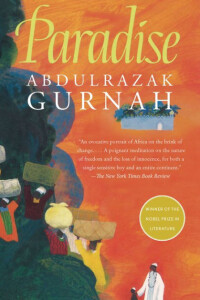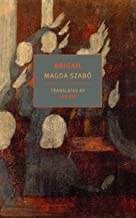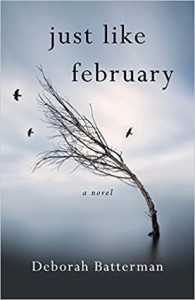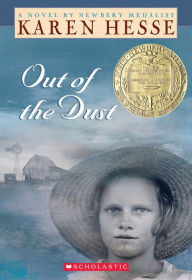
What a delight this novel is! I wrote a couple of weeks ago about “pleasure buttons:” the aspects of fiction that provide a pleasurable experience for readers. The missing one in that discussion turns out to be wit.
In Trapido’s debut novel, 18-year-old Katherine is eager to explore the world outside her mother’s petit-bourgeois bungalow, but is at first hesitant and only too aware of her own naïveté. It’s telling that in times of stress she turns to her favorite novel: Jane Austen’s Emma.
Lacking Emma’s self-assurance, Katherine assumes she’s blown her interview with the philosophy professor Jacob Goldman. She’s chosen philosophy as a shortcut to worldly wisdom, and does not realise that he’s thoroughly enchanted with her original bent of mind. He sees through her youthful lack of confidence to the potential rogue adventurer lurking underneath.
She then gets picked up by the much older John Millet, charmed by his aesthetic knowledge, not recognising that however much he flirts with her, what really turns him on are young men. John carries her off for a weekend which turns out to be with the Goldman family: Jacob, a very pregnant Jane, and their many children.
The house, as it presents itself from the road, is like a house one might see on a jigsaw puzzle box, seasonally infested with tall hollyhocks. the kind one put together on a tea tray while recovering from the measles.
There’s the family you’re born with and the family you choose, and Katherine finds her real home with the eccentric and outrageous Goldman clan, quite aside from falling head over heels with oldest son Roger. They all adore her right back—even Roger, for a while anyway. In Jane, she finds her true parent.
[Jane] stands hugely in strong farmer’s wellingtons into which she has tucked some very old corduroy trousers. She has these tied together under a man’s shirt with pajama cords because the zip won’t come together over the bulge. Bits of hair are falling out of her dark brown plait.”
This hilarious, madcap novel is full of quips like the title. However, running alongside is a pungent critique of class in Britain, anti-Semitism, and women’s roles. First published in 1982, it might seem dated to modern readers, particularly the debate over women’s issues, such as motherhood vs work, and who does the dishes. However, recent events, such as the current push in the U.S. by a minority of radical evangelists to remove women from the workforce and keep them in the kitchen or making babies, make it newly relevant. It’s a good reminder that women’s gains toward equality have only come about recently and still encounter panic-stricken backlash.
Even the most revolting characters, such as macho Michele “a backward-looking romantic with right-wing views and left-wing friends” come across as hilarious when seen through Katherine’s amused and loving eyes, and then turn around and redeem themselves unexpectedly. It shouldn’t work; I should be horrified by some of the things these characters get up to.
Somehow, though, Katherine’s eagerness for adventure and the sheer number of fantastical goings-on lead to a suspension, not only of disbelief but of censure. I was swept up in a witty fairy tale and willing to go along with Katherine. Toward the end of the novel, a bit of sanity returns as Katherine, older and wiser, begins to see through the smokescreen of antic fun.
The story was not so much laugh-out-loud funny as snort-and-snicker witty, making it the sort of comedy I most relish. I thorough enjoyed this delightful novel and can’t wait to explore some of Trapido’s later works.
What novel has most amused you lately?
